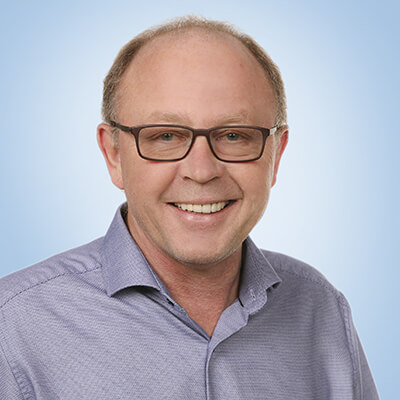Adaptive optics is a special form of high-performance laser mirrors. Their characteristic is that the mirror surface is designed as a membrane, which can be deformed in a controlled manner by pressure change on its back.
The shape errors occurring in this case are extremely low; we tolerate them with a maximum of 0.0005 mm. Our adaptive optics are suitable for use with laser power up to 10 KW thanks to integrated direct water cooling and HR coating.
Most common types are the adaptive optics with elliptical membrane as these can be used directly to the 90 ° deflection. They are identical to our standard planes of identical aperture and therefore do not need special housings.
In addition to the elliptical varieties, LT Ultra also offers round adaptive mirrors. As a rule, these replace the concave spherical mirror of an existing telescopic beam expander directly at the resonator. Round adaptive mirrors can only be used with deflections <10 °.
LT Ultra is able to design any new adaptive membranes using simulation programs and to determine their degree of deformation as a function of the control pressure.
Adaptive optics can be used either to influence the beam radius diameter (BRC) or to shift the focus position (AFC = autofocus control).
Adaptive optics can be used very well for shifting the focus position. Focusing positions for cutting different materials can be determined, stored in the machine CNC and called up as desired for controlling the optics.
Furthermore, the adaptive optics can be used to pierce the material before the beginning of the cut, especially in the case of thicker materials, the time savings can be more than 50%. Last but not least, our adaptive optics is a dynamic tool – it does a full stroke in 0.2 seconds.
Due to the use of the adaptive optics, the weight and dimensions of the cutting head are significantly reduced since this no longer requires motorized lens adjustment for focus adjustment. The adaptive optics, which directly deflect 90 °, are positioned in front of the focusing optics in the case of flat-bed systems as the last mirror and thus automatically takes over the deflection into the Z axis. In the case of 3D systems, one of the two planes of the processing head is usually replaced by the adaptive optics.
The maximum focus shift depends on the focal length of the focusing lens used and the degree of deformability of the adaptive optics. For example, a focal position shift of up to 30 mm can be achieved by using a lens focal length of 7.5 “. In addition to the highest production requirements, our 100% control ensures safe function as well as maintaining the beam quality.

